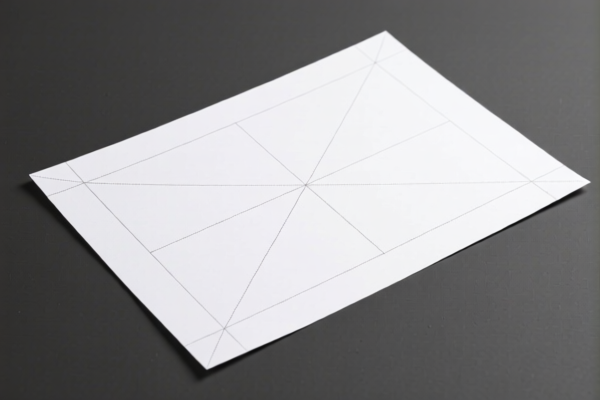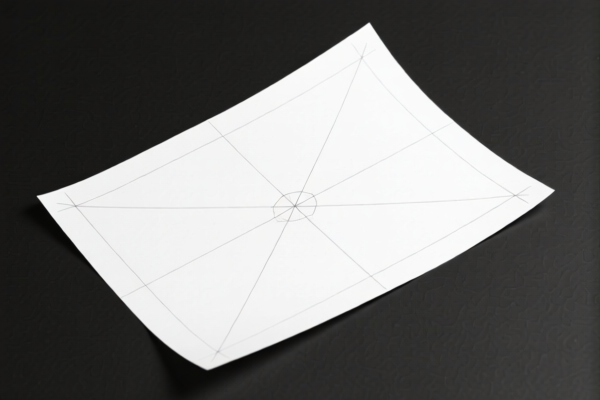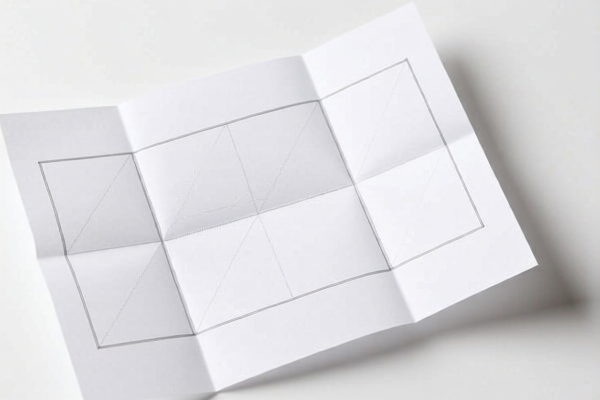| HS Code | Official Doc | Tariff Rate | Origin | Destination | Effective Date |
|---|---|---|---|---|---|
| 4806300000 | Doc | 55.0% | CN | US | 2025-05-12 |
| 4823901000 | Doc | 55.0% | CN | US | 2025-05-12 |
| 4823907000 | Doc | 55.0% | CN | US | 2025-05-12 |
| 4821904000 | Doc | 55.0% | CN | US | 2025-05-12 |
| 4821902000 | Doc | 55.0% | CN | US | 2025-05-12 |
| 4911998000 | Doc | 37.5% | CN | US | 2025-05-12 |
| 4911996000 | Doc | 37.5% | CN | US | 2025-05-12 |
| 4906000000 | Doc | 37.5% | CN | US | 2025-05-12 |
| 9701990000 | Doc | 37.5% | CN | US | 2025-05-12 |




Dressmakers Tracing Paper
Dressmakers tracing paper, also known as pattern paper or muslin, is a thin, translucent paper used in garment construction for transferring pattern markings and creating patterns. It is an essential tool for both professional and amateur sewers and designers.
Material:
Typically manufactured from cellulose fibres, dressmakers tracing paper is available in varying weights and qualities. Common compositions include:
- Cellulose: The most common base material, providing good strength and tear resistance.
- Wood Pulp: Offers a more economical option, suitable for practice patterns or less demanding applications.
- Synthetic Fibres: Some tracing papers incorporate synthetic fibres for increased durability and smoothness.
Purpose:
- Pattern Transfer: Accurately copies pattern pieces from original patterns onto fabric.
- Pattern Alteration: Allows for modifications to existing patterns without damaging the original.
- Muslin Mock-ups (Toiles): Used to create test garments (toiles) to check fit and design before cutting into expensive fabrics.
- Pattern Drafting: Provides a surface for creating original patterns from measurements.
- Pattern Piece Labeling: Enables clear marking of pattern information like grainline, cutting lines, and seam allowances.
Function:
The translucency of the paper allows users to see the underlying pattern piece while tracing. It's designed to be easily cut and torn, and to withstand pinning and handling during the pattern-making process. It is often used in conjunction with tracing wheels and tracing pens or pencils. Some papers are specifically treated to dissolve when exposed to water, eliminating the need for removal from fabric.
Usage Scenarios:
- Home Sewing: Altering commercial patterns, creating custom garments, and making muslin mock-ups.
- Fashion Design: Drafting original patterns, creating pattern variations, and preparing patterns for sample making.
- Costume Design: Replicating historical patterns or creating complex costume pieces.
- Tailoring: Transferring precise pattern markings for bespoke garments.
- Quilting: Creating template shapes for quilting projects.
Common Types:
- White Tracing Paper: The most versatile type, suitable for general use and pattern transfer.
- Red Tracing Paper: Often used for alterations, as the red color provides contrast against lighter fabrics.
- Yellow Tracing Paper: Similar to red tracing paper, offering a contrasting color for visibility.
- Dissolvable Tracing Paper: Designed to dissolve in water, eliminating the need for manual removal from fabric. Useful for intricate pattern pieces or delicate fabrics.
- Non-Woven Tracing Paper: A more durable option, suitable for multiple uses and pattern drafting.
- Swedish Tracing Paper: Known for its strength and smoothness, often preferred by professional pattern makers.
Dressmakers tracing paper falls under the category of papers used for tracing, which is specifically addressed within the provided documentation.
Here are the relevant HS codes:
-
4806300000: This HS code covers Vegetable parchment, greaseproof papers, tracing papers and glassine and other glazed transparent or translucent papers, in rolls or sheets: Tracing papers.
- 48: Chapter 48 relates to “Paper or paperboard; articles of paper pulp, paper or paperboard”.
- 06: Heading 06 specifically covers “Vegetable parchment, greaseproof paper, tracing paper and glassine”.
- 300000: This further specifies “Tracing papers”. This code is applicable to papers designed for creating copies of drawings or designs, commonly used in dressmaking for pattern creation.
-
4906000000: This HS code covers Plans and drawings for architectural, engineering, industrial, commercial, topographical or similar purposes, being originals drawn by hand; handwritten texts; photographic reproductions on sensitized paper and carbon copies of the foregoing.
- 49: Chapter 49 relates to “Printed books, newspapers, pictures and other products of the printing industry; manuscripts, typescripts and plans and drawings”.
- 06: Heading 06 specifically covers “Plans and drawings for architectural, engineering, industrial, commercial, topographical or similar purposes”. While tracing paper itself isn't the plan or drawing, if the tracing paper contains an original hand-drawn design, this code may be relevant.
Tax Information:
- 4806300000: The base tariff is 0.0%, with an additional tariff of 25.0%. After April 2, 2025, the additional tariff increases to 30.0%, resulting in a total tariff of 55.0%.
- 4906000000: The base tariff is 0.0%, with an additional tariff of 7.5%. After April 2, 2025, the additional tariff increases to 30.0%, resulting in a total tariff of 37.5%.
Important Note:
The applicable HS code depends on whether the tracing paper is simply the material itself or contains original hand-drawn designs. If the tracing paper is used to create copies of existing patterns, 4806300000 is the appropriate code. If it is the original design, 4906000000 may be more suitable.
Customer Reviews
No reviews yet.